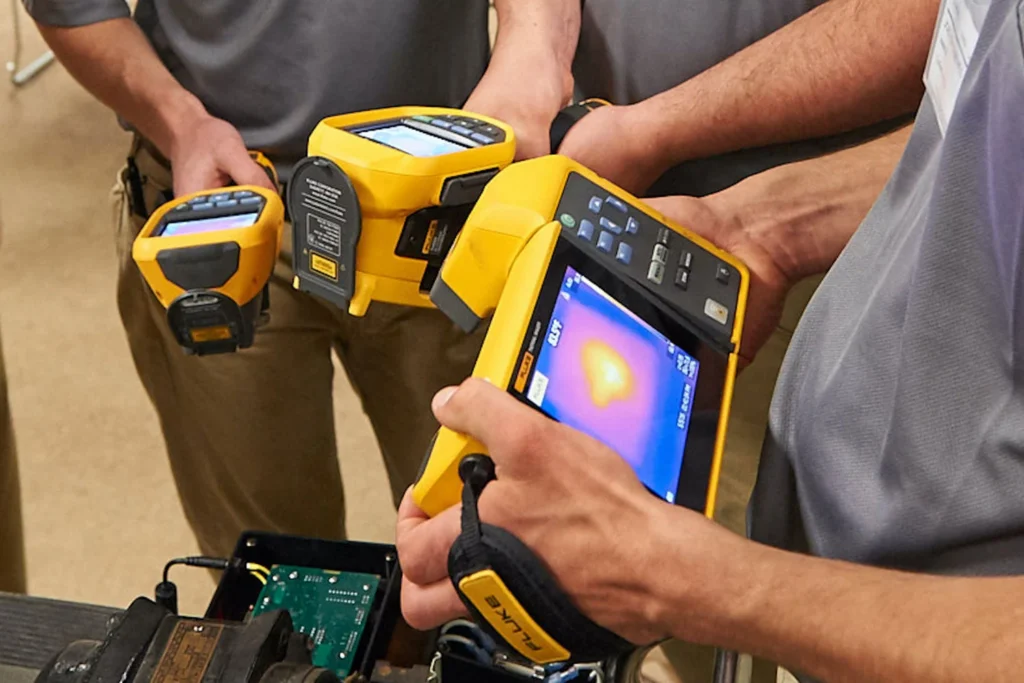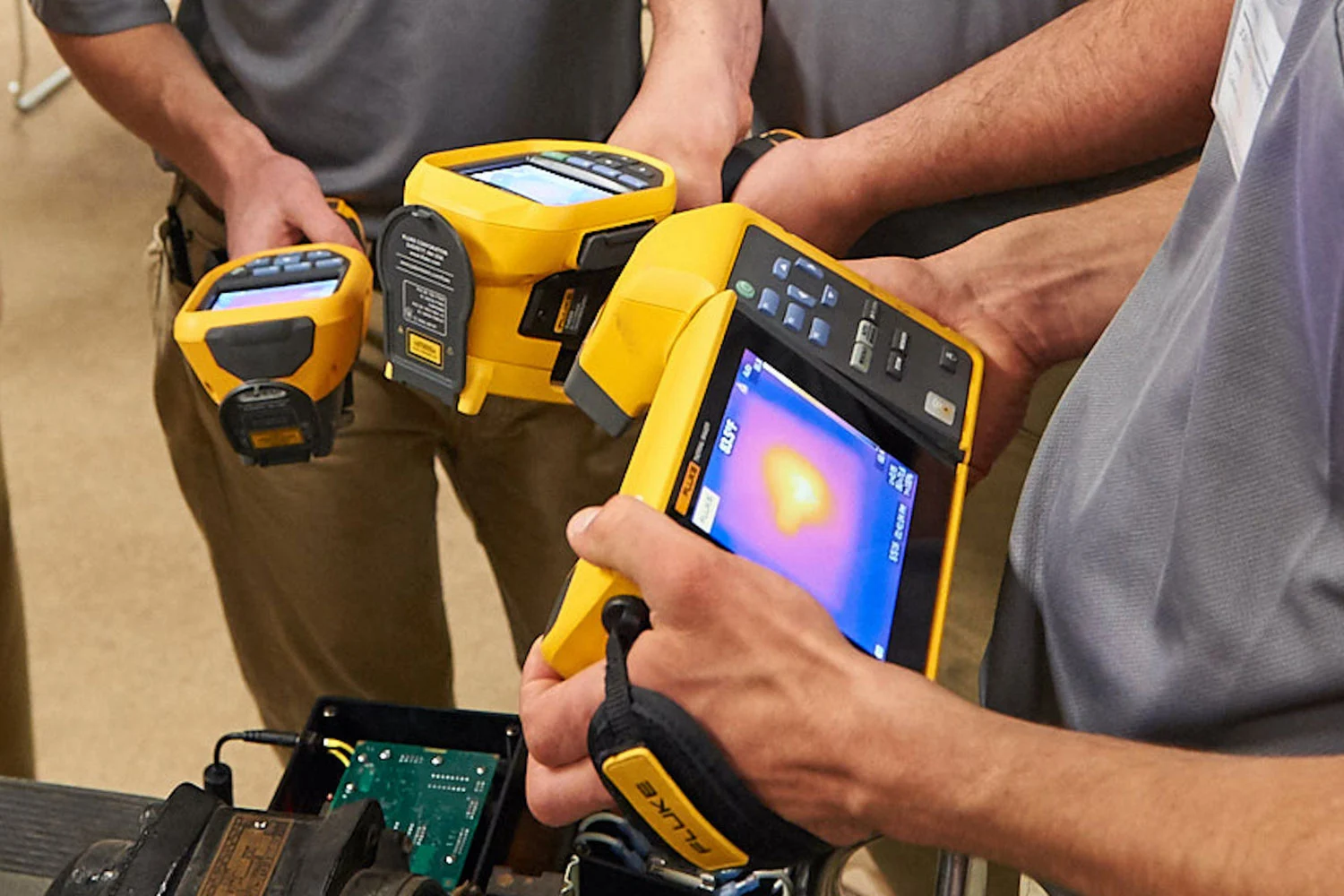Achieving Professional Results for Infrared Imaging Does Not Require Training
Infrared imaging has become an essential tool in a variety of fields, from building inspections to medical diagnostics to industrial applications. Traditionally, achieving professional results with infrared imaging required extensive training and experience. However, advances in technology have made it possible for even novice users to obtain high-quality infrared images with minimal training.
Infrared imaging has revolutionized the way we detect heat patterns and temperature variations. Whether in construction, healthcare, or manufacturing, this technology provides vital information. But guess what? Achieving professional results no longer requires formal training. Thanks to advances in user-friendly technology, anyone can use infrared imaging tools with minimal effort.
Also Read: What Are Two Drawbacks of Solar Energy?
Achieving Professional Results for Infrared Imaging Does Not Require Training

While it is technically possible to obtain some results using infrared imaging without proper training, it is highly recommended to undertake some training to get the best professional and reliable result.
Thermography or infrared imaging involves interpreting temperature differences to detect problems such as leaks, electrical faults, and insulation failures.
Without training, the accuracy of interpreting these temperature readings could be compromised.
Here are some key reasons why training is important:
Proper Use of Equipment – Infrared cameras are sophisticated tools that require an understanding of settings such as resolution, focus, and calibration. Without training, you may not use the equipment to its full potential.
Data Interpretation – Raw infrared data can be misleading if misinterpreted. A trained professional can analyze thermal images and understand subtle differences in temperature patterns, leading to accurate conclusions.
Safety Considerations – Some infrared imaging applications, such as electrical inspections, may present safety risks. Proper training ensures safe use of the equipment and a clear understanding of potential hazards.
Compliance and Standards: Many industries have established standards for infrared inspections. Training ensures that your results meet industry code and requirements, which is crucial for legal and quality assurance reasons.
Benefits of Achieving Professional Results for Infrared Imaging Does Not Require Training
Technological advancements have made it possible for even novice users to obtain high-quality infrared images with minimal training. Here’s how:

Easy-to-Use Devices
Modern infrared cameras are designed with ease of use in mind. These devices come with intuitive interfaces, automated settings, and built-in guides that make it easy for users to capture accurate, detailed images. Features such as autofocus, touchscreen controls, and preset modes allow users to achieve professional results without extensive training.
Comprehensive Software Solutions
Infrared imaging software has also seen significant improvements. Today’s software solutions offer automated analysis, report generation, and image enhancement capabilities. These tools simplify the process of interpreting infrared images and ensure that even users with limited experience can produce professional-quality reports and analysis.
Online Resources and Tutorials
The availability of online resources, tutorials, and user communities has made it easier than ever to learn and master infrared imaging. Manufacturers and industry experts offer comprehensive guides, video tutorials, and forums where users can ask questions and share knowledge. These resources help users get up to speed quickly and improve their skills without the need for formal training.
Advanced Imaging Technology
Advances in sensor technology, resolution, and image processing have made infrared cameras more capable and reliable. Modern infrared cameras can capture high-resolution images with greater accuracy and detail, reducing the need for extensive training to accurately interpret results.
Integration with Mobile Devices
Many infrared cameras now integrate with smartphones and tablets, allowing users to leverage familiar devices for image capture and analysis. Mobile apps provide additional features and functionality, making it easier for users to achieve professional results on the go.
Conclusion
While traditional training and experience are invaluable for specialized applications, advances in infrared imaging technology have made it possible for users to achieve professional results with minimal training. Easy-to-use devices, comprehensive software solutions, online resources, advanced imaging technology, and mobile integration have democratized infrared imaging, making it accessible to a broader audience.
Read Also: Should I Replace My 13 Year Old Water Heater
FAQ: Achieving Professional Results with Infrared Imaging
Do I need training to use an infrared camera?
While it is possible to use an infrared camera without formal training, it is always advisable to receive proper training. Training will provide you with knowledge on how to properly operate the camera settings, help you accurately interpret the data, and minimize the risk of making the wrong move or unsafe practices.
Can I get good results without training?
While infrared cameras are a fantastic tool, understanding the readings taken with an infrared camera requires knowledge of the principles of thermography. Without training, you will misinterpret thermal images and draw wrong conclusions or miss problems.
What can I expect without training?
Without training, you may be able to capture basic thermal images, but you may struggle to analyze or interpret them correctly. Infrared imaging involves much more than just taking pictures; it is about understanding temperature patterns and their importance in real-world situations, such as detecting leaks, electrical problems, or insulation issues.
Why is infrared imaging training important?
This will help you learn how to use the infrared camera correctly, interpret the data correctly, and perform safe inspections. Professionals are also trained on industry standards and regulations so that results are accurate and compliant.
What type of training is required for infrared imaging?
Infrared imaging training is typically related to learning how the infrared camera works, thermal properties, interpreting infrared data, and applying it to specific applications such as electrical, construction, or mechanical inspections. There are numerous certifications available such as Level 1 and Level 2 thermography which can be obtained at the Infrared Imaging Training Center (ITC).
Is it safe to use infrared imaging without training?
When one learns how to use infrared imaging but understands the equipment and its risks, then it can be safe. Training always informs you on what to do when inspecting electrical systems or hazardous conditions and helps reduce the danger of accidents.
How does infrared imaging training affect the quality of results?
Trained professionals are better equipped to accurately and effectively interpret thermal images. They can spot problems that an untrained person might miss, leading to more accurate, reliable, and practical results.
Are there industry standards for infrared imaging?
Yes, there are many different industries that have their standards and guidelines for infrared imaging, especially in the building inspection, electrical maintenance, and mechanical diagnostics industries. Proper training will keep you in line with standards and produce professional, compliant results.
What happens if I do something wrong when using infrared imaging?
If you are not trained, you could misinterpret the data or use the camera incorrectly and end up with false diagnoses or overlooking problems. You may also end up wasting money on unnecessary repairs or overlooking potential problems, including safety issues. Proper training minimizes these risks.
Can infrared imaging replace other inspection methods?
Infrared imaging is a fantastic diagnostic tool that can further complement traditional inspection methods through visual checks or physical testing. It does not eliminate other methods, although in many cases, it can be used in conjunction with other techniques for a more definitive inspection.

